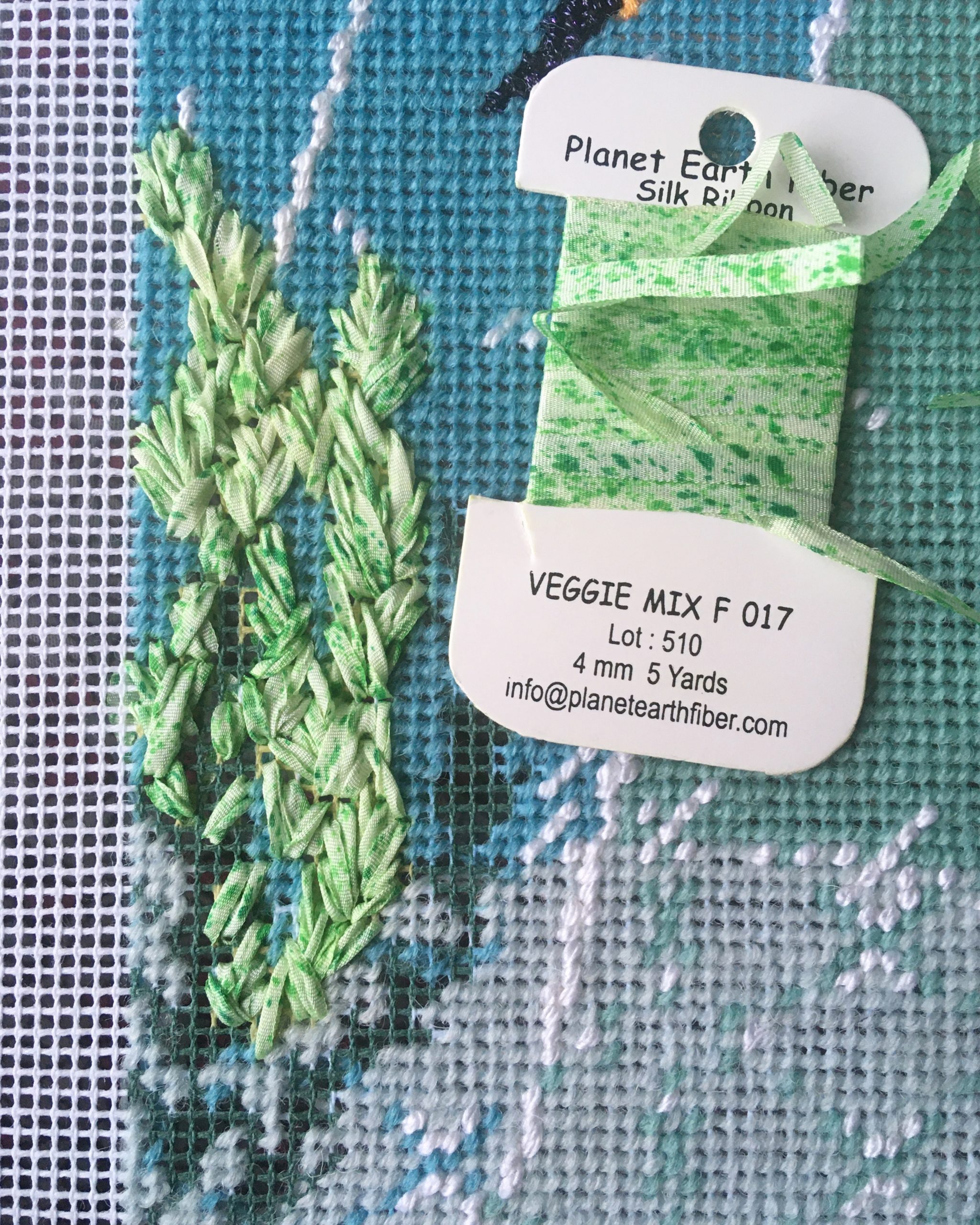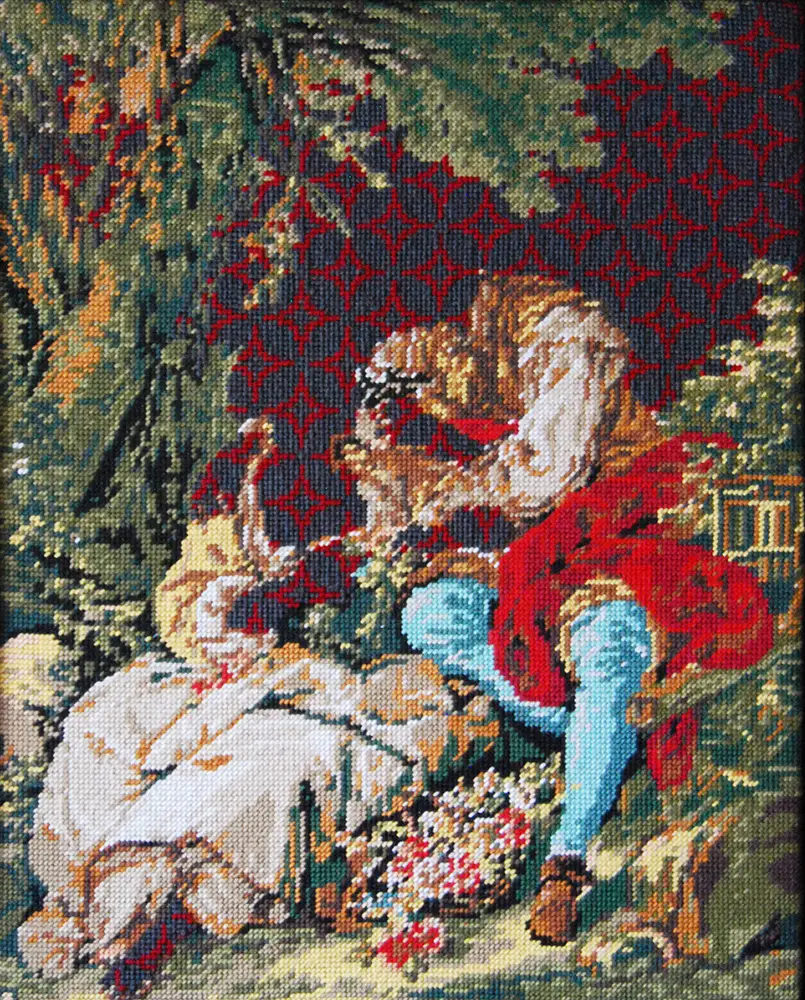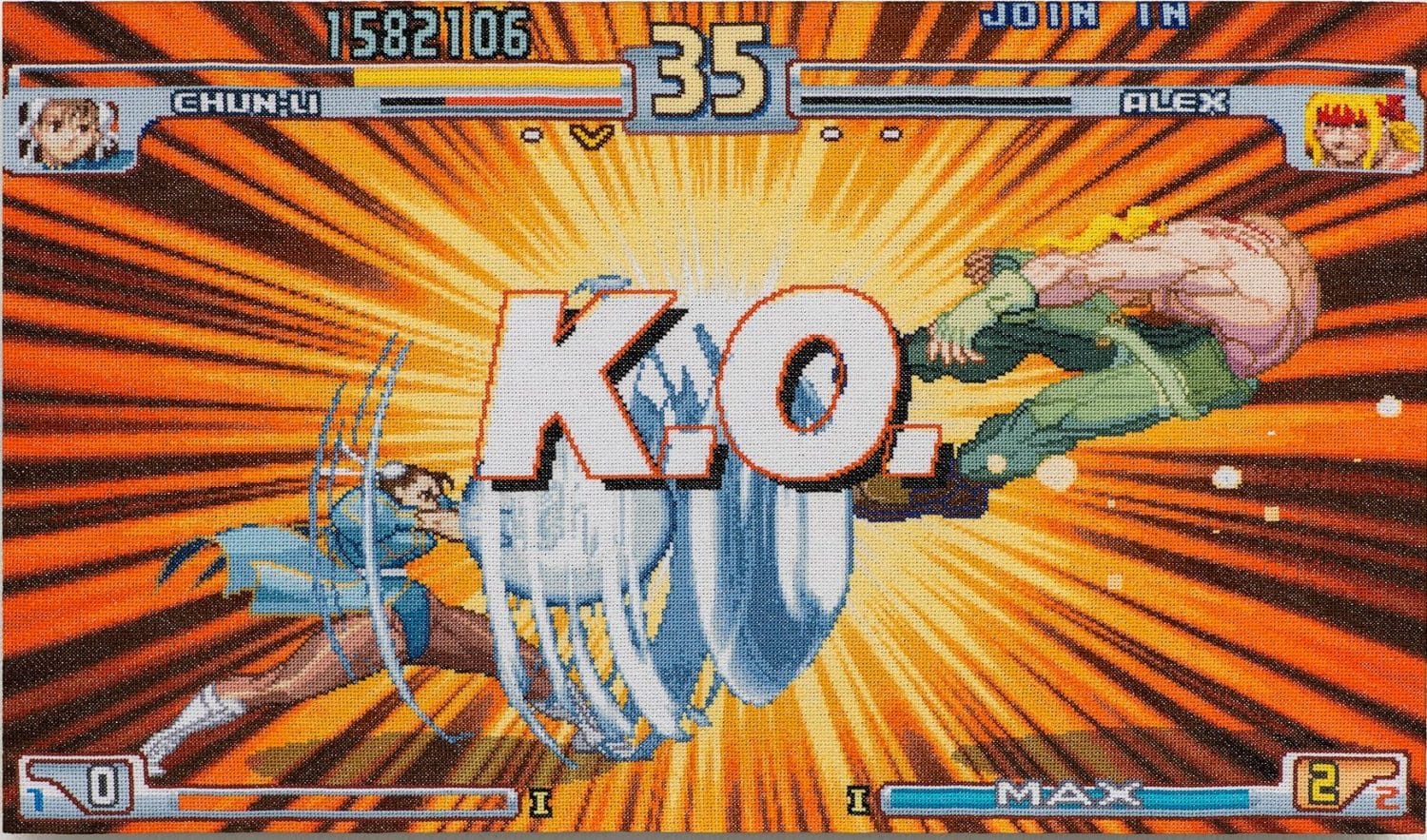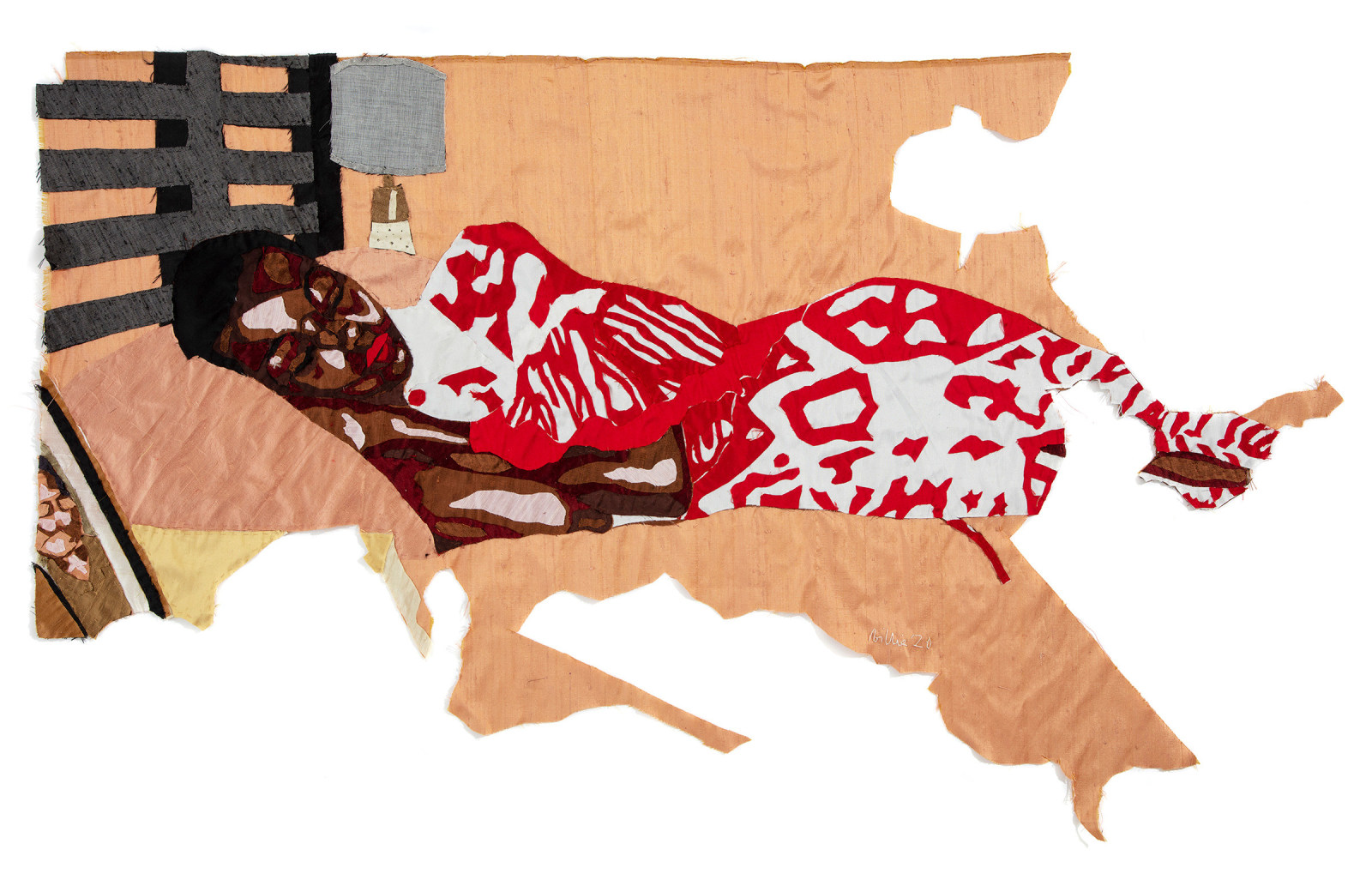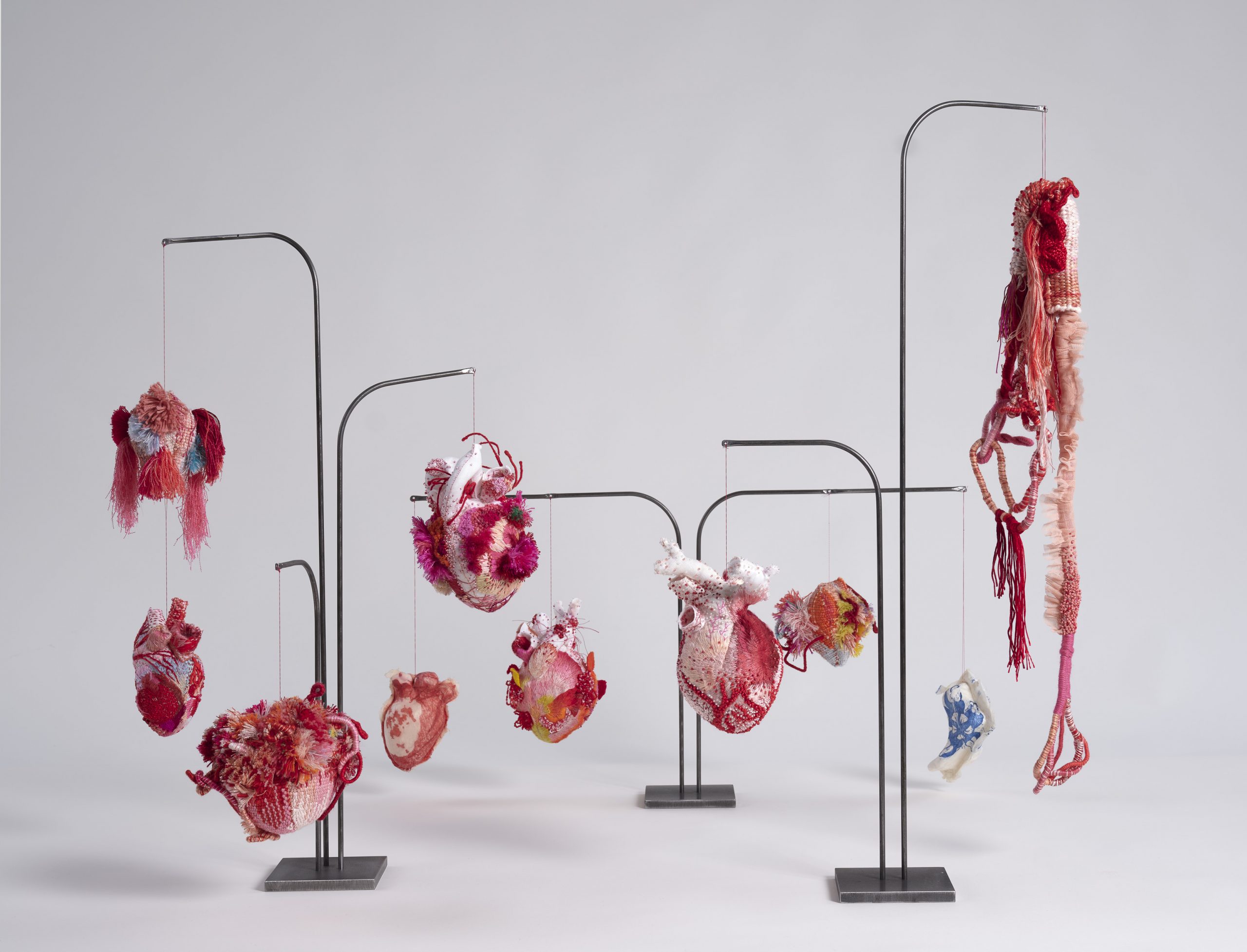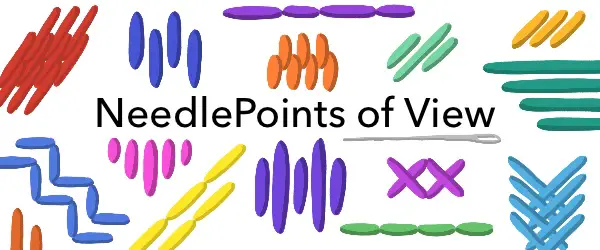
Welcome back to NeedlePoints of View, a monthly column brought to you by Emma of The Maker’s Marks and Hannelore of Hedgehog Needlepoint, where we’ll be sharing our love of all things needlepoint. Whether you’re new to the craft and want to learn what it’s all about or you’ve already fallen under needlepoint’s spell, we hope to inspire you to pick up a needle and get stitching.
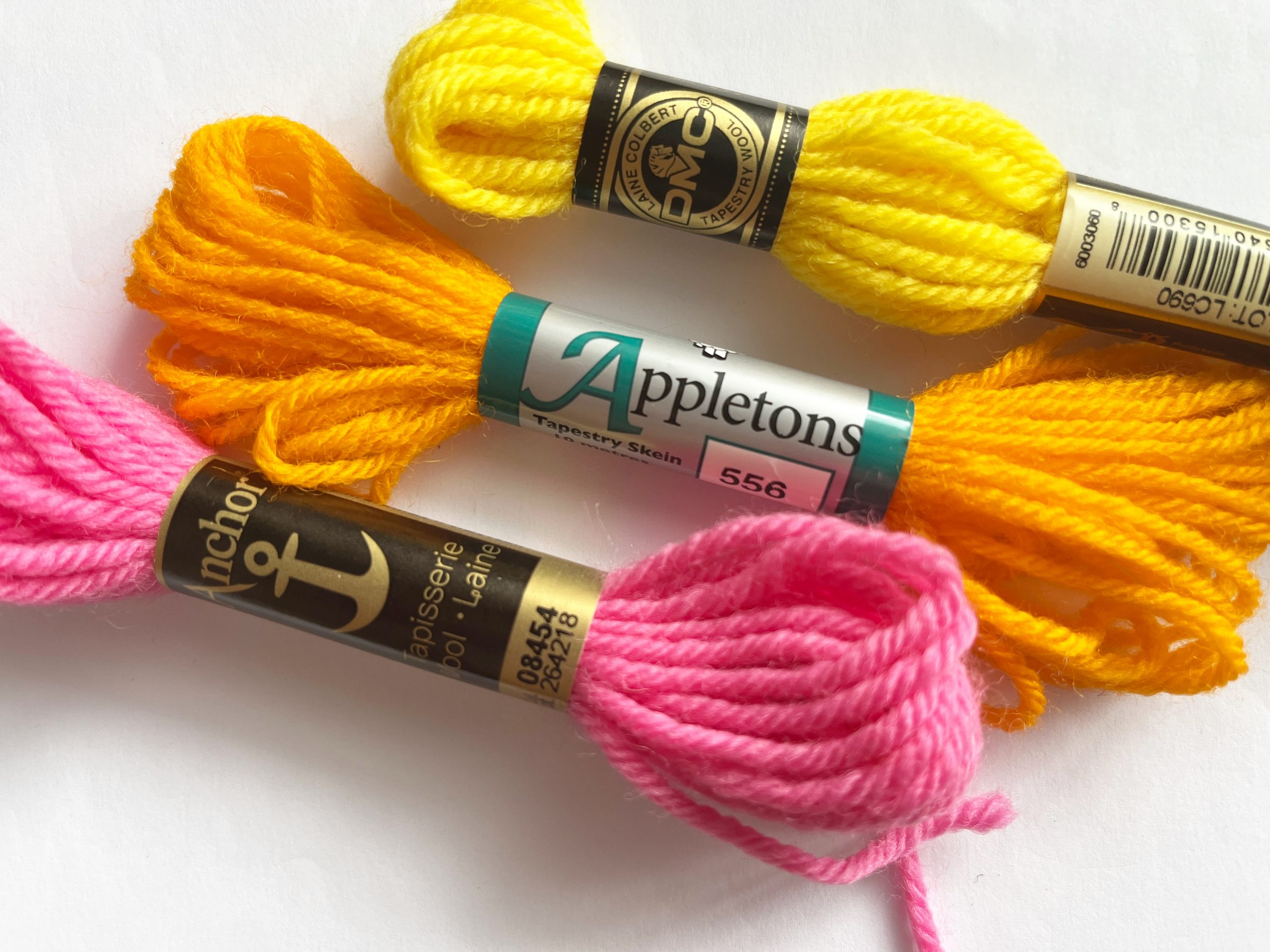
Whether you’re stitching from kits or buying your canvasses and fully picking your own threads, I’m hoping this column will introduce you to some exciting new ways to bring another dimension to your projects.
Classic Tapestry Wool
The thickness of the thread you choose to stitch with is very much dictated by the canvas count and the coverage you’re looking to achieve.
Tapestry wools are perfect for 12ct & 13ct canvasses, and they’re what you’ll find in a lot of needlepoint kits. With brands like Anchor, DMC & Appletons being the most popular choices. Each of these brands has it’s own colour profile and slight textural differences.
I’m a huge fan of Appleton’s Neon range, it feels like a breath of fresh air in the tapestry wool scene; with its amazing vibrancy it really adds a stunning pop of colour to projects.
Below from L to R – Anchor, Appletons & DMC tapestry wools.
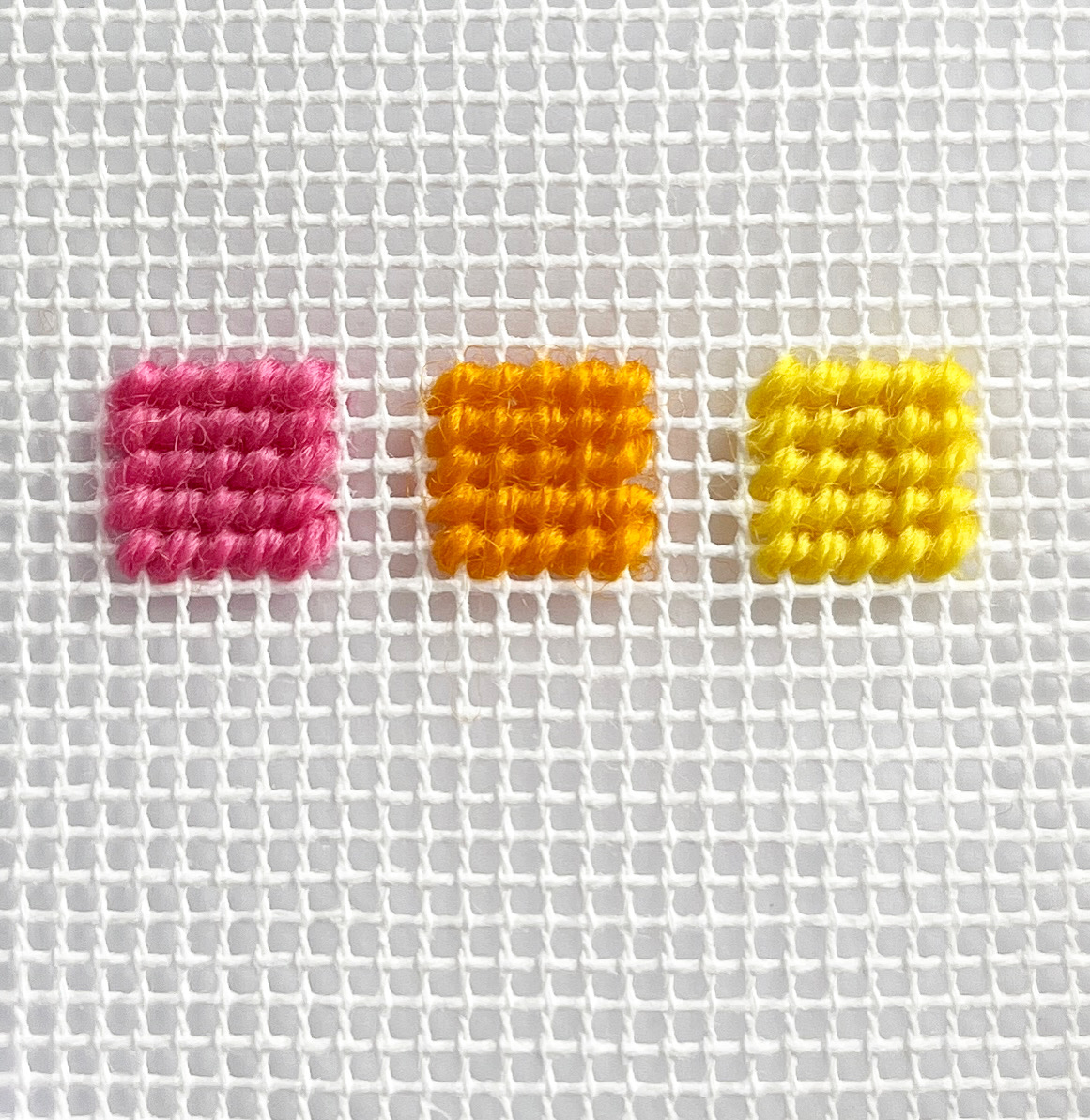
Can you swap Tapestry wool for DK wool?
I get asked this a lot and technically yes, DK wool and tapestry wool are very similar in thickness. But tapestry wool is spun with a particularly dense twist, which makes it a lot less stretchy than knitting yarn; so you must be very careful with your stitch tension.
Don’t be afraid of metallics!
I used to hate stitching with metallic threads. I had a kit when I was about 12yrs old that really put me off (like for over 20yrs it put me off!) but then I was introduced to Kreinik and everything changed!!!
It’s not as crunchy to stitch with as the metallics I’d used in the past, it has far more flex and softness to it. And boy does it come in some amazing colours!
I introduced some to a kit I bought from Thread and Mercury, the fish on ‘Deco Diver’ was crying out for some metallic shimmer. I doubled up the thread to help with coverage and it worked a treat.
Kreinik have a handy page on their website full of tips on how to use it.
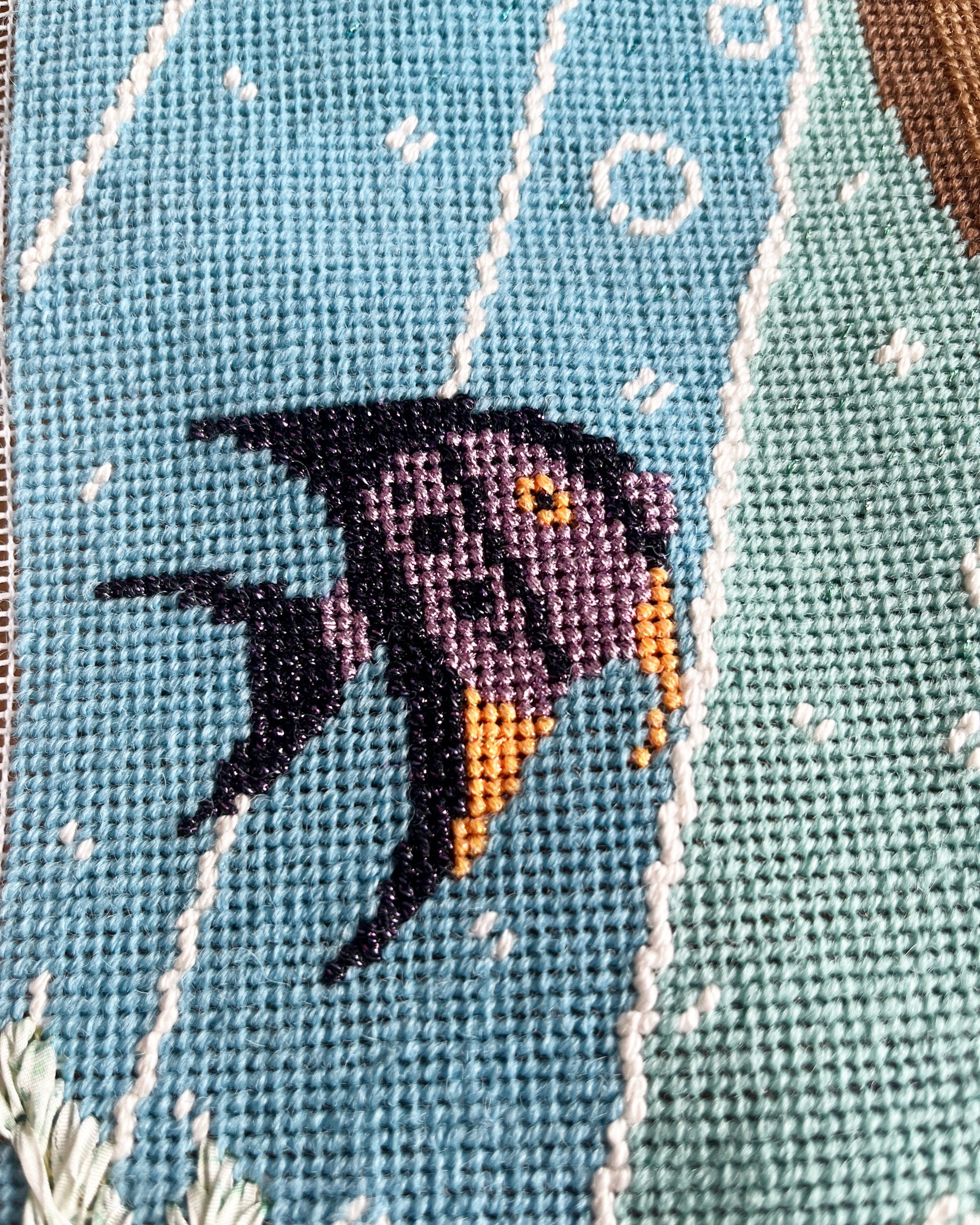
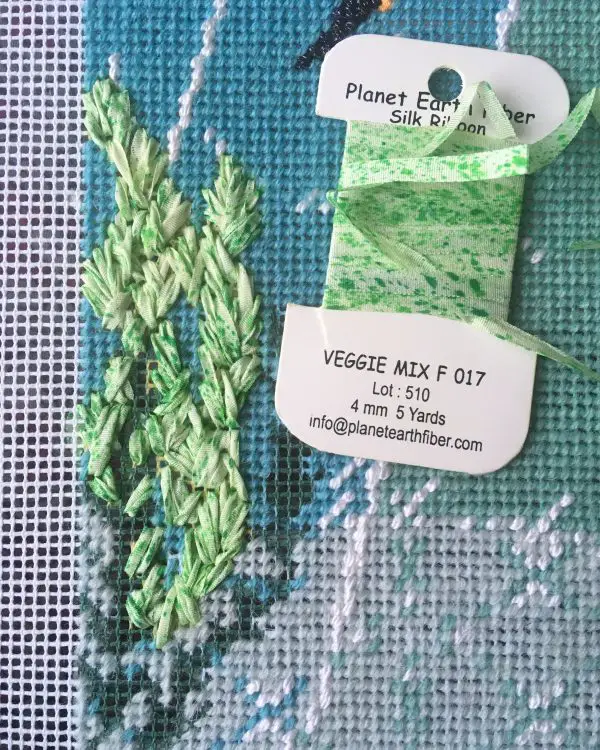
Above shows my first experiments with ribbon work on canvas.
Rainbow Gallery
Another lovely range of metallics live in the Rainbow Gallery family. Along with velvet effect threads, threads that emulate ice & water, and super fluffy ones! It is an absolute treasure trove of a brand.
I really love the Fluffy Stuff, great fun to stitch with and I’ve recently been using it for a carpeted area on a Christmas round; I’m so pleased with the results.
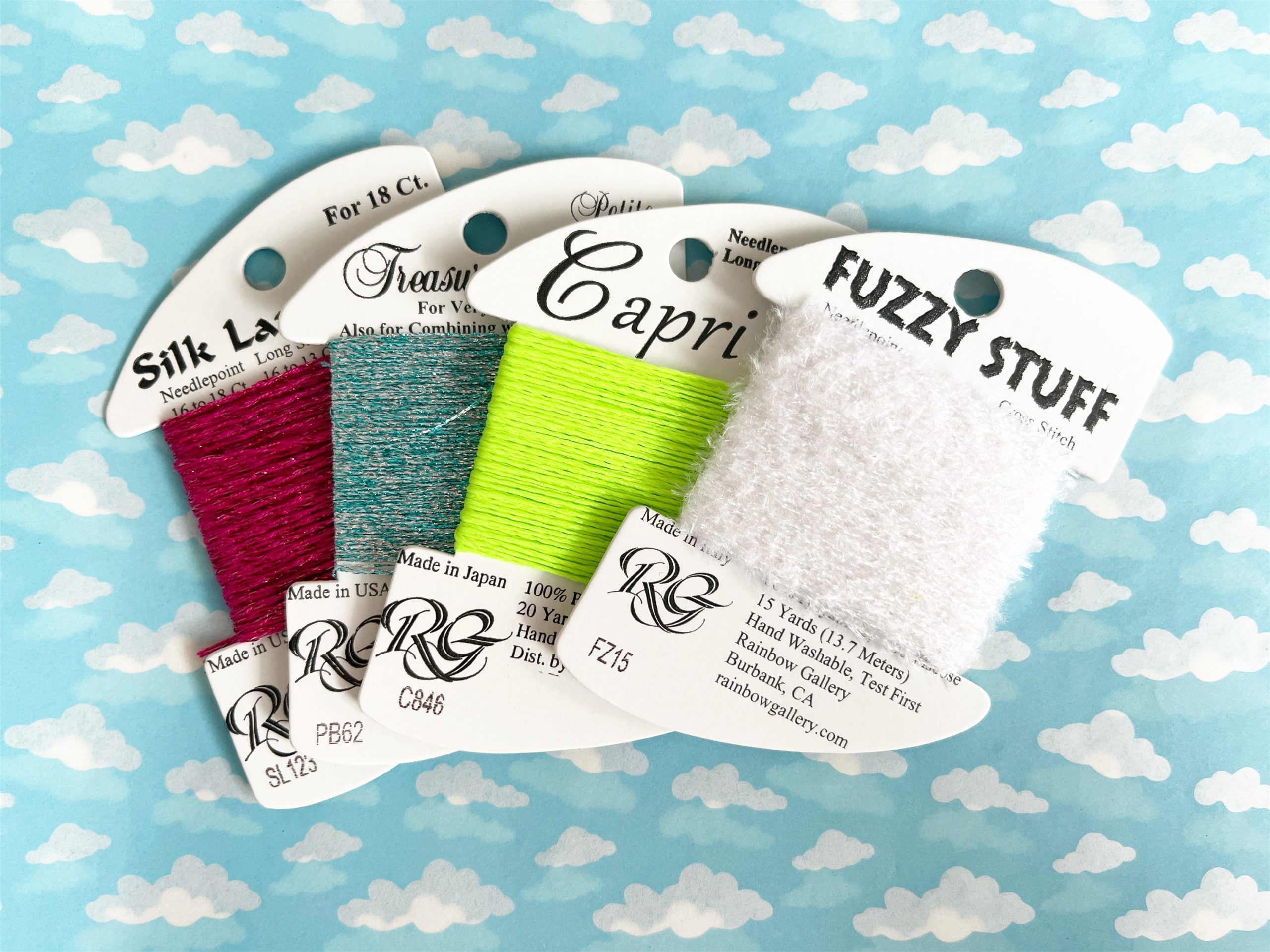
My fave vegan option
Vegan stitchers might be interested to know that I have found Rico Rumi crochet cotton to be the best vegan substitute for tapestry wool in terms of like-for-like coverage. I did a lot of research a while back after a vegan stitcher reached out to me on socials.
It hadn’t even crossed my mind that tapestry wool in kits was proving a barrier to the vegan craft community out there. It really made me think about threads in a different way, I’ll expand on my findings in a future column.
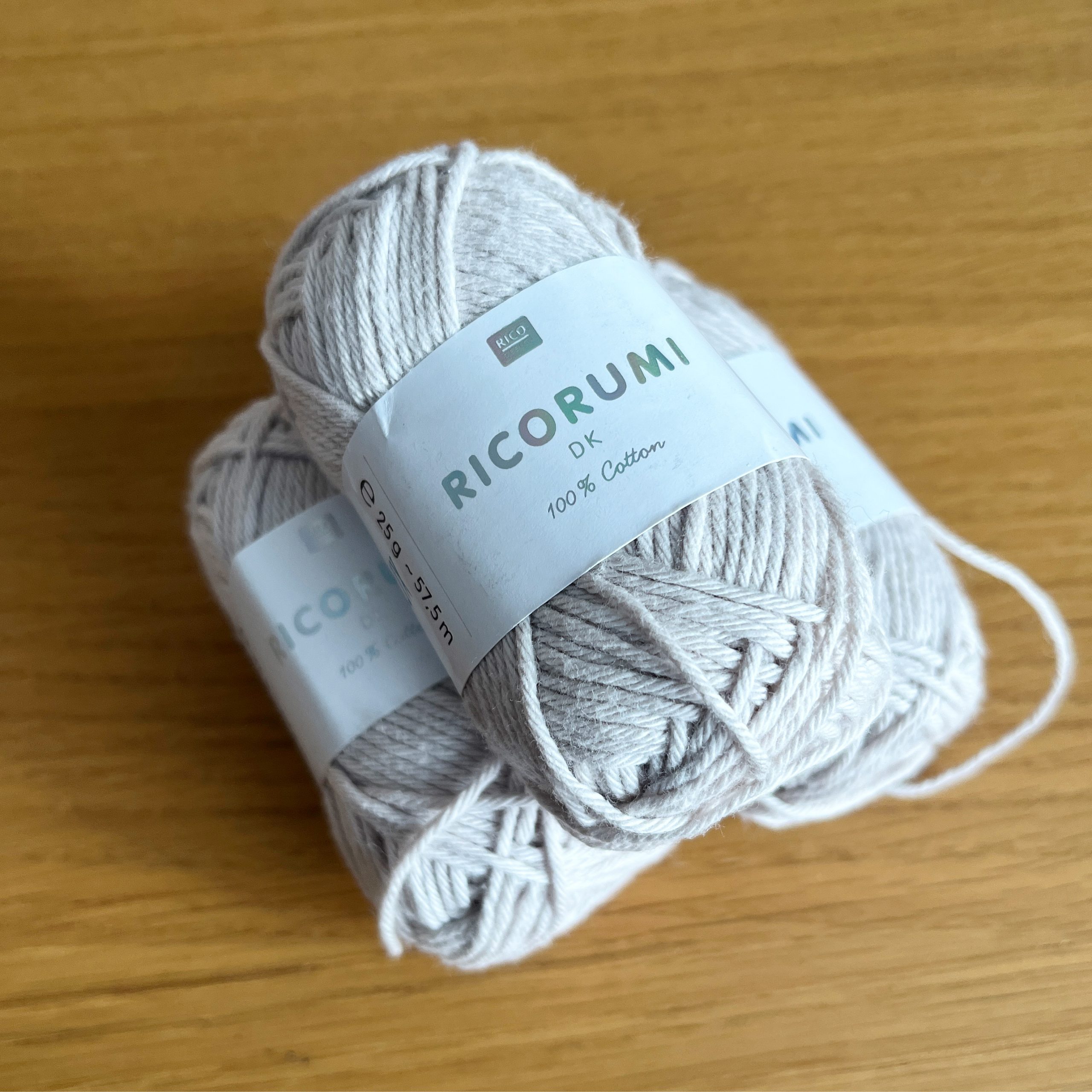
And don’t forget…
Whichever thread choice you make, there are a couple of things that you should look out for. Consider thread length: Anchor and Appletons skeins come in 10m lengths, for example, whereas DMC skeins are 8m long, something to be aware of if you are going to embark on larger projects – there’s nothing worse than running out of wool when you only have a small section of canvas left!
And be aware of the dye lot numbers, too: if you are working on a project that requires more than one skein of the same colour, it’s really important to make sure you have the same dye lot number as you’ll spot the difference when you start stitching!

